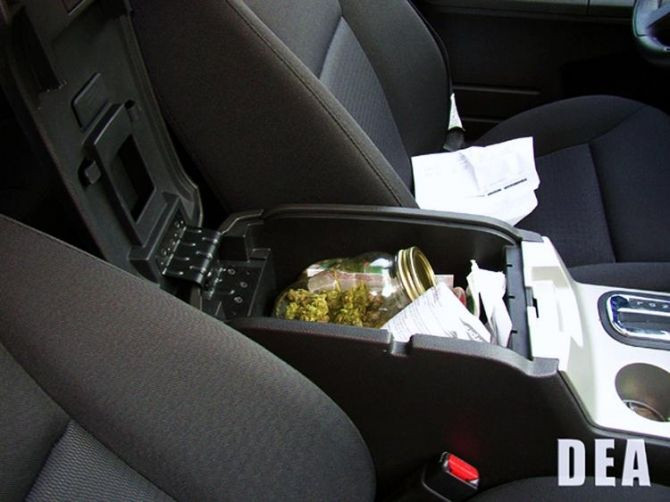Weed Doubles the Risk of Causing Serious and Fatal Car Crashes

People who use marijuana up to three hours before driving have double the risk of causing a car crash compared to drivers not under the influence of alcohol or drugs, according to Canadian researchers who did an analysis on previous studies.
Experts suggested that this is because marijuana impairs brain and motor functions that are essential for safe driving in the study that was published Friday in the British Medical Journal.
Researchers from Dalhousie University in Canada reviewed nine studies of about 50,000 people worldwide who had been in serious or fatal car crashes on public roads that involved one or more motor vehicles including cars, trucks, buses and motorcycles. Usage of marijuana was confirmed by blood tests of by self-reports.
The study also found that marijuana users involved in fatal car crashes generally had higher amounts of THC in their systems compared to those who survived. However, researchers said that there was not enough data to accurately determine an association between the quantities of marijuana in a person’s system to the severity of the car crash.
Experts said that these findings demonstrated a need for education campaigns about the dangers of driving under the influence, especially under the influence of marijuana which has largely gone unnoticed.
In North America “we have Mothers Against Drunk Driving (MADD), and they devote a great deal of time to public awareness," explained lead author Mark Asbridge in a BMJ podcast. "And we simply haven't seen that for drug-use."
“Despite being regulated in many jurisdictions, cannabis (marijuana) is the most widely used illicit substance in the world,” the researchers wrote in their study.
The 2009 Canadian Alcohol and Drug Use Survey indicated that 11.4 percent of Canadians overall and 33 percent of those between the ages of 15 to 24 have used marijuana in 2008, and the authors noted that rates of driving high on marijuana have also risen in the recent years.
The Canadian Center for Addiction and Mental Health found that the proportion of adults driving within one hour of consuming marijuana had risen from 1.9 percent in 1997 to two percent in 2002 and four percent in 2004, according to the researchers.
The study also indicated that the worrisome driving under the influence rates was also reflected in other parts of the world. In 2000 a roadside survey in Scotland revealed that 15 percent of respondents aged 17 to 39-years-old admitted to having consumed marijuana within 12 hour of driving a vehicle. In 2008 the European Monitoring Center for Drugs and Drug Addiction found that between 0.3 to 7.4 percent of drivers tested positive for marijuana use from roadside surveys in the UK, Denmark, the Netherlands, Norway, Australia, and the United States.
Drivers "will also need to be persuaded that they are at risk of their cannabis use being detected," wrote Wayne Hall of the University of Queensland in an accompanying editorial.
Hall said there needs to be more research on whether roadside drug testing, which has been introduced in parts of Australia and in the U.S., has been effective in preventing drug-related car accidents.
“If you look at the rates of driving under the influence of cannabis — and, in particular, among young people — you see that rates of cannabis and driving actually surpass those of drinking and driving, particularly amongst those under the age of 25. We have reported rates between 15 and 20 percent for cannabis, in comparison to drinking and driving, which is usually around 10—15%, so clearly this is an issue on the rise, particularly among young people,” Asbridge said in the BMJ podcast.



























